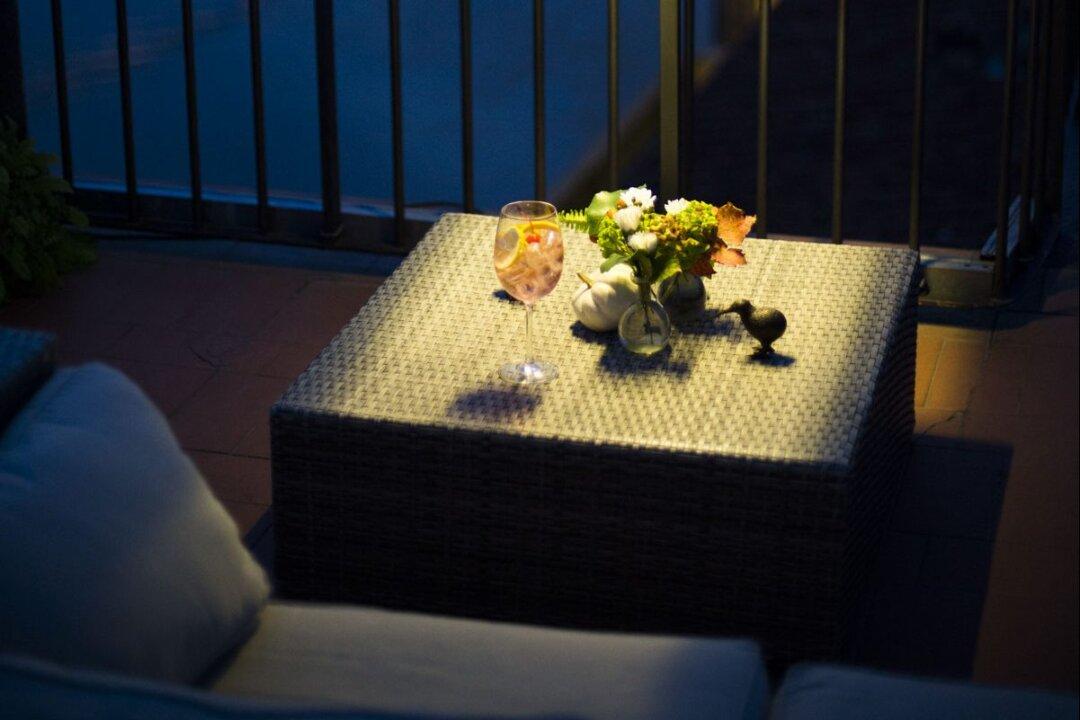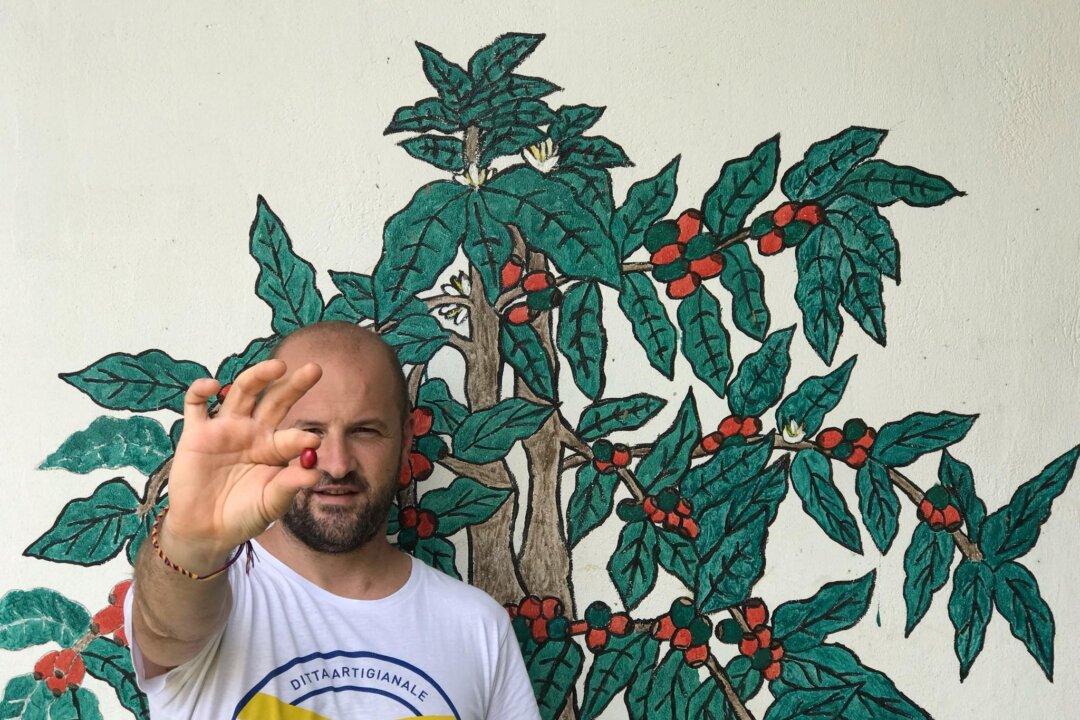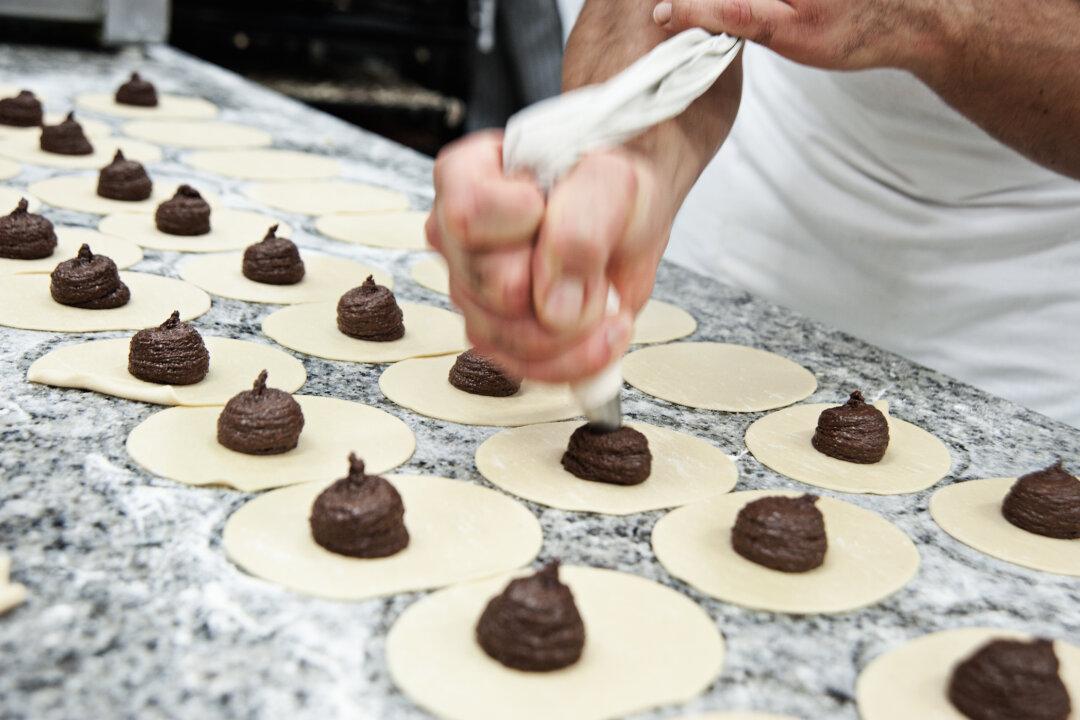Italians love to linger at the table, slowly savoring each course from antipasto to primi and secondi. Dessert, dolci, is also enjoyed leisurely and is often served in three parts. First the sweet itself, which is accompanied by a dessert wine; then espresso; and finally an after-dinner drink.
“Having an after-dinner drink to aid digestion, a digestivo, has always been a tradition here in Italy,” noted Andrea Corsini, the director of Emilia-Romagna’s tourism and commerce. “In recent years, there has been a resurgence of the custom with restaurants replacing highly alcoholic spirits, like vodka and whisky, with lower alcohol amaro.”




